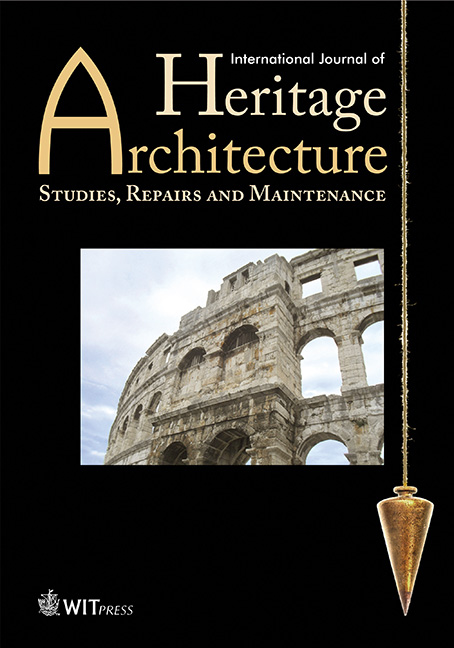HERITAGE DOCUMENTATION AND NATIONAL IDENTITY IN QATAR: CASE OF THE AL-ZAMAN HOUSE
Price
Free (open access)
Volume
Volume 1 (2017), Issue 3
Pages
9
Page Range
473 - 482
Paper DOI
10.2495/HA-V1-N3-473-482
Copyright
WIT Press
Author(s)
S.B. GARBA, D. BOUSAA, G. FETAIS, A. ALHASSAN, H. BAKHIT, A. AL-DARWISH & A. ALYAFEI
Abstract
Qatar is a country with limited area and number of settlements. It has witnessed rapid development since the 1950s centred on Doha as a result of the exploitation of its petroleum resources. An outcome of the process was the lack of attention paid to conservation, leading to the loss of valuable heritage resources. Realization of the situation has led to concerted efforts to improve retention. Questions that arise from need for action include: what constitute heritage and how should documentation be carried out? This article contributes to answering these questions based on the documentation of the Al-Zaman house by a team from Qatar University. The article explores the potential of using affordable peripheral methods such as photo-modelling in documentation and examines the role that buildings constructed during periods of historical transition play in the construction of social identity. Analysis shows that such buildings capture the zeitgeist of an era and so form an important part of history and identity. It was also established that photo-modelling is inappropriate for use as a tool in documenting heavily decorated buildings that are in a state of dilapidation due to problems of clarity of textures and patterns.
Keywords
heritage documentation, heritage resources, heritage use, history and identity, photo- modelling, place making




